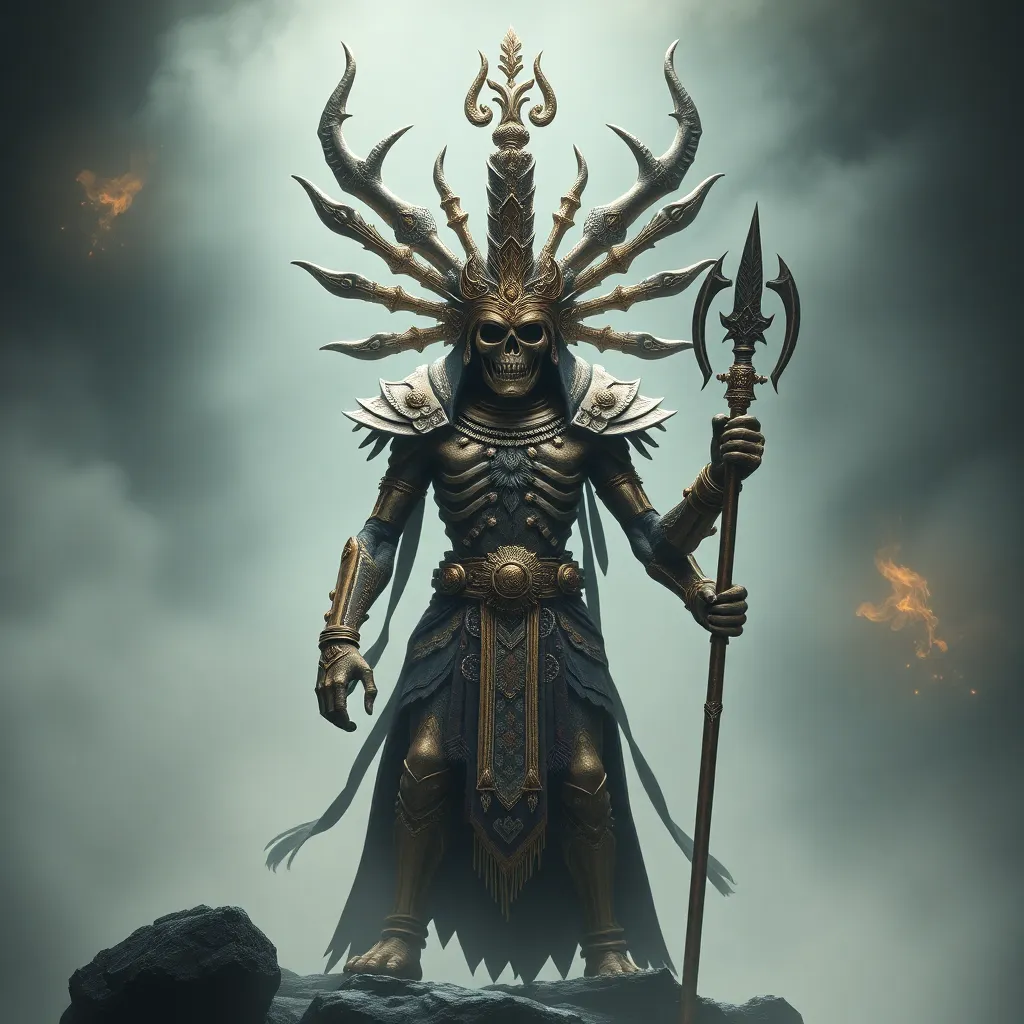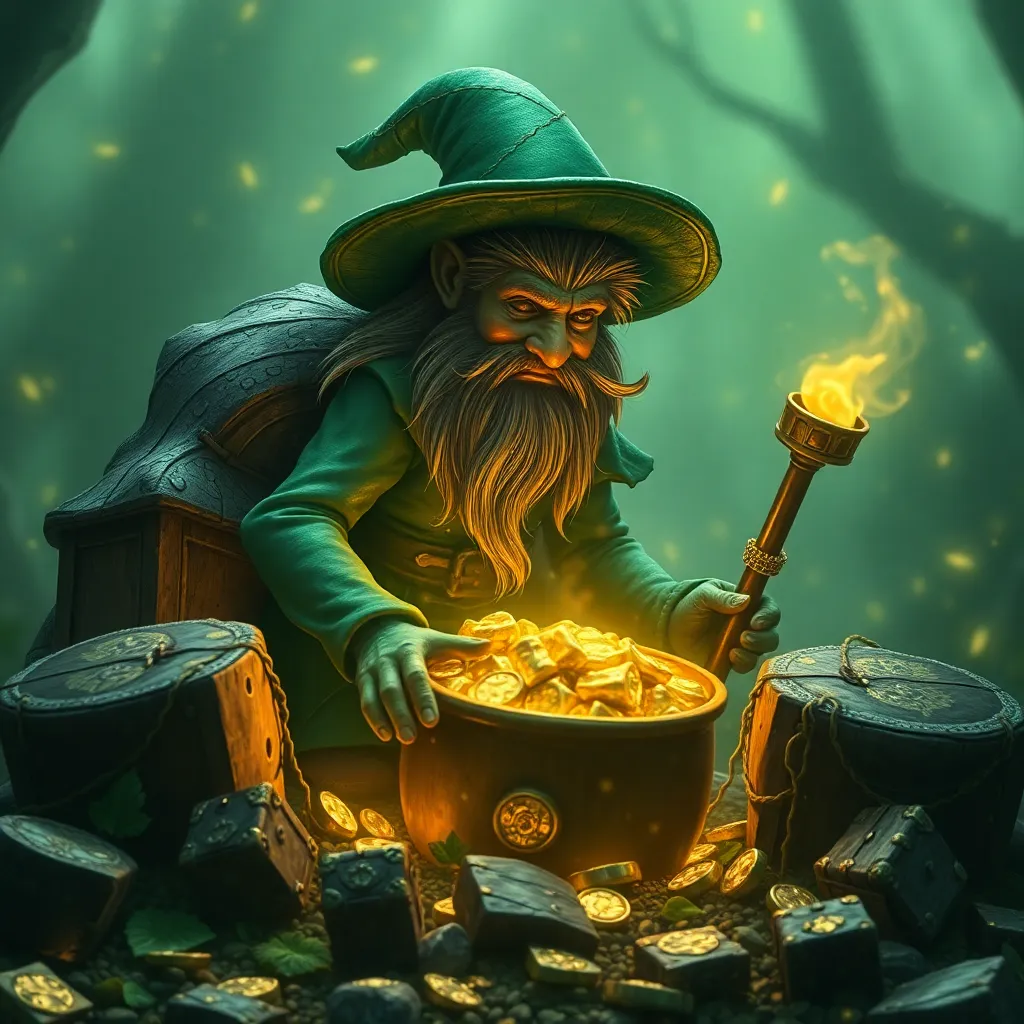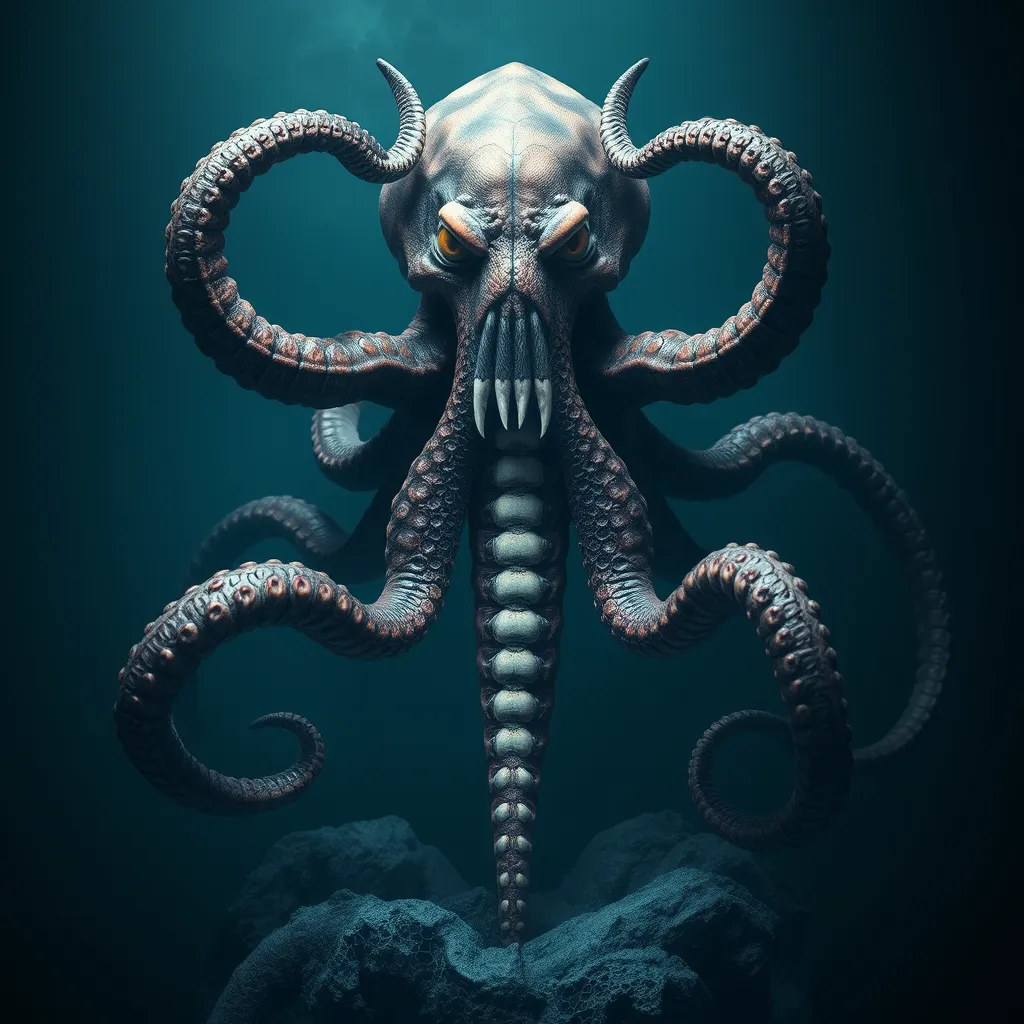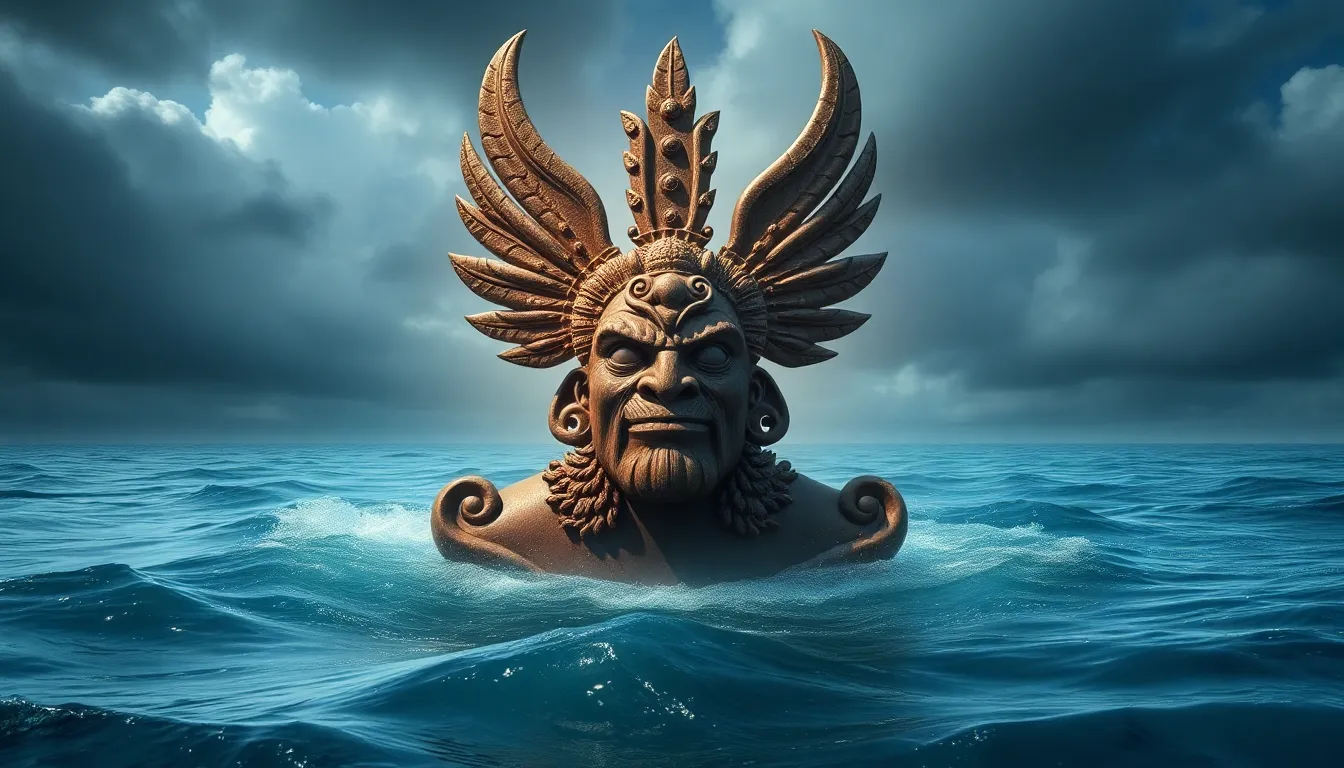The Universal Lord of the Dead: Comparing Ah Puch to Other Mythological Figures
I. Introduction
A. Overview of Ah Puch in Mayan mythology
Ah Puch, known as the Lord of the Underworld in Mayan mythology, is a significant figure who embodies death and the afterlife. Often depicted as a skeletal figure adorned with bells and a skull, Ah Puch rules over Xibalba, the Mayan underworld. His representation often evokes the dual nature of death as both a fearsome force and a necessary aspect of existence.
B. Significance of the Lord of the Dead in various cultures
The concept of a deity presiding over the dead is prevalent across many cultures, reflecting humanity’s fascination with death and the afterlife. These figures often serve as guides for souls, judges of the deceased, or representations of the inevitability of mortality.
C. Purpose of the article: Exploring similarities and differences with other mythological figures
This article aims to explore the characteristics of Ah Puch in comparison with other prominent death deities from various mythologies, including Hades from Greek mythology, Osiris from Egyptian mythology, Hel from Norse mythology, and Yama from Hindu tradition. By understanding these figures, we can gain insight into the cultural attitudes towards death and the afterlife.
II. Ah Puch: The Mayan God of Death
A. Description and attributes of Ah Puch
Ah Puch is often depicted with skeletal features, embodying the essence of death. His attributes typically include:
- Skull-like face
- Decorative bells that signal his presence
- Black or dark clothing symbolizing decay
B. Role in Mayan cosmology and afterlife beliefs
In Mayan cosmology, Ah Puch plays a crucial role in the cycle of life and death. He governs Xibalba, where the souls of the deceased undergo trials. The journey through Xibalba is fraught with challenges that reflect the Mayan beliefs about the afterlife, emphasizing the importance of proper rituals and respect for the dead.
C. Symbolism associated with Ah Puch
Ah Puch symbolizes not just death but also rebirth and transformation. He represents the natural cycle of life, and his role in the afterlife signifies the continuation of the spirit beyond physical existence.
III. The Greek God Hades
A. Overview of Hades in Greek mythology
Hades, the god of the Underworld in Greek mythology, is often misunderstood as a malevolent figure. In reality, he is the ruler of the realm of the dead, overseeing the souls of those who have passed on. His domain, also called Hades, is where souls reside after death.
B. Function and portrayal of Hades in the Underworld
Hades is depicted as a stern but just ruler. He is not associated with evil; instead, he maintains order in the afterlife. The most famous myth involving Hades is the abduction of Persephone, which explains the changing seasons and symbolizes the cycle of life and death.
C. Comparative analysis: Ah Puch and Hades as rulers of the dead
Both Ah Puch and Hades serve as rulers of the dead, but their portrayals differ significantly:
- Ah Puch is often seen as a fearsome figure, instilling dread, while Hades is more neutral and even compassionate.
- Ah Puch’s realm is filled with trials, whereas Hades is often viewed as a more orderly, albeit somber place.
IV. The Egyptian God Osiris
A. Introduction to Osiris and his significance in Egyptian mythology
Osiris, one of the most important deities in Egyptian mythology, symbolizes resurrection and the afterlife. He is often depicted as a mummified king, signifying his role in the cycle of life and death.
B. Osiris’s role in resurrection and the afterlife
As the god who presides over the afterlife, Osiris judges the souls of the deceased. His myth involves his own death and resurrection, which serves as a metaphor for the agricultural cycle and the hope of rebirth.
C. Comparative analysis: Differences in the perception of death between Ah Puch and Osiris
While Ah Puch embodies death’s fearsome aspects, Osiris represents hope and resurrection. The Mayan view of death as a trial contrasts with the Egyptian belief in judgment and rebirth, showcasing different cultural attitudes towards mortality.
V. The Norse God Hel
A. Description of Hel and her realm in Norse mythology
Hel, the goddess of the underworld in Norse mythology, governs a realm also called Hel. She is depicted as a being with a half-living, half-dead appearance, symbolizing the dual nature of life and death.
B. Concept of death and the afterlife in Norse beliefs
The Norse view of the afterlife includes various realms, with Hel being one of them, where those who did not die in battle reside. It contrasts with Valhalla, where warriors go after a noble death.
C. Comparative analysis: Ah Puch and Hel’s depictions and cultural implications
Ah Puch and Hel both preside over realms of the dead, but their cultural implications differ:
- Ah Puch is often depicted as a terrifying figure, while Hel’s dual nature reflects a more nuanced understanding of death.
- Hel’s domain is more inclusive, allowing for a broader range of souls, whereas Ah Puch’s realm is more challenging and perilous.
VI. The Hindu God Yama
A. Overview of Yama as the god of death in Hindu tradition
Yama, the god of death in Hinduism, is responsible for guiding souls to the afterlife. He is often depicted riding a buffalo and holding a noose, symbolizing his role in leading souls to their next destination.
B. Yama’s role in guiding souls and moral implications of death
Yama’s function involves not only guiding souls but also judging them based on their actions in life. His portrayal emphasizes moral responsibility, reflecting the Hindu belief in karma and the cycle of rebirth.
C. Comparative analysis: Ah Puch and Yama’s functions and characteristics
While both Ah Puch and Yama govern the dead, their approaches differ significantly:
- Ah Puch embodies fear and challenges, while Yama represents guidance and moral judgment.
- Yama’s role is more about the journey and ethical considerations, contrasting with Ah Puch’s more daunting trials.
VII. Common Themes and Divergences in Death Deities
A. Overview of universal themes in death mythology (e.g., judgment, guidance)
Despite varying cultural contexts, some common themes emerge in death mythology, including:
- Judgment of the deceased
- Guidance of souls to the afterlife
- Symbolism of rebirth and transformation
B. Cultural attitudes toward death and the afterlife
Cultures view death differently, with some seeing it as a fearful end, while others perceive it as a transition or a new beginning. These attitudes shape the characteristics of their death deities.
C. The impact of geography and society on the portrayal of death deities
Geographical and societal factors significantly influence how death is perceived. For example, agricultural societies often emphasize rebirth, while warrior cultures might focus on valor in death.
VIII. Conclusion
A. Recap of key comparisons between Ah Puch and other mythological figures
This exploration reveals that while Ah Puch shares commonalities with figures like Hades, Osiris, Hel, and Yama, his portrayal is unique, rooted in the Mayan understanding of death as a trial.
B. Reflection on the importance of understanding diverse perspectives on death
Understanding these diverse perspectives allows for a richer appreciation of how different cultures process the concept of mortality and the afterlife.
C. Final thoughts on the role of mythology in shaping cultural beliefs about mortality
Mythology provides a framework through which societies interpret death, offering both comfort and understanding in the face of life’s greatest mystery.



